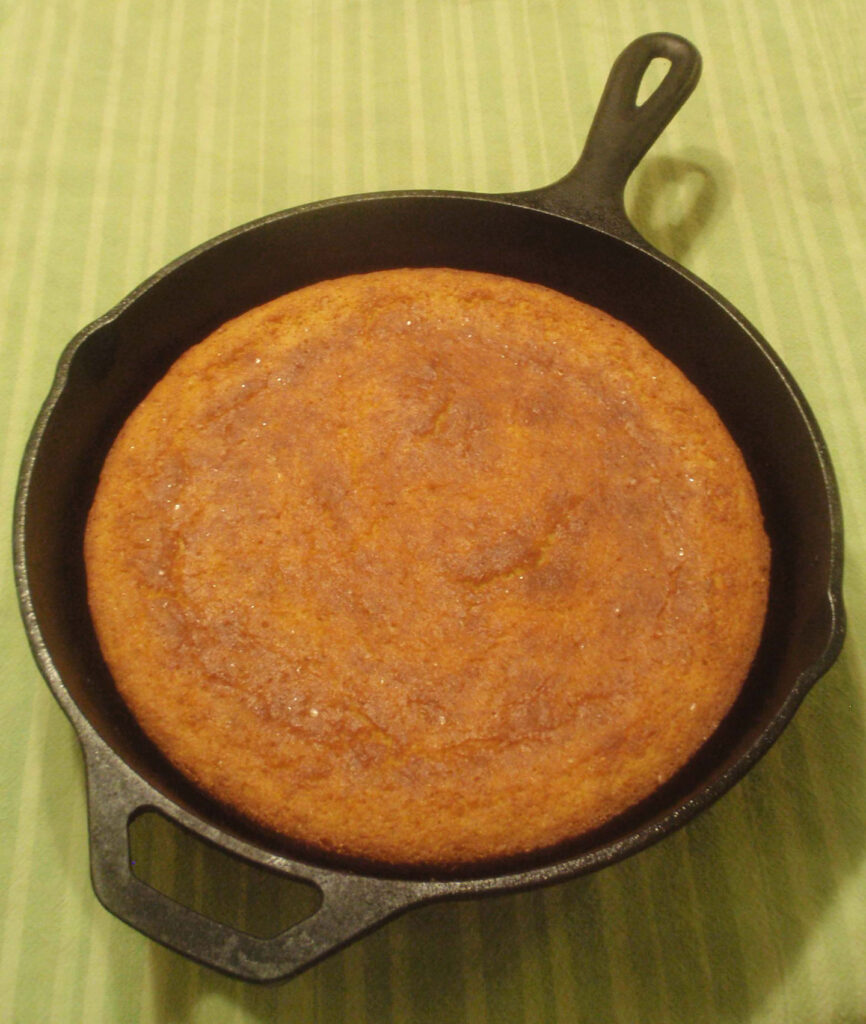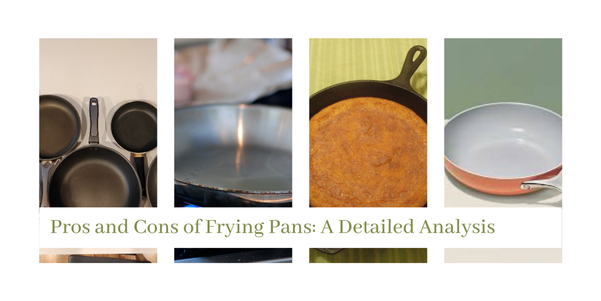Frying pans are an essential tool in every kitchen, playing a vital role in preparing a wide variety of dishes. However, selecting the right frying pan can significantly influence your cooking experience, health, and the overall quality of your meals. So, what’s the healthiest frying pan to use? Finding the perfect frying pan involves balancing performance, durability, and health considerations. In this article, we’ll explore the pros and cons of different frying pan materials to help you answer that crucial question.
Table of Contents
After researching for 3-4 hours, here is a detailed review of the Pros and Cons of Frying Pans: A Detailed Analysis.
Types of Frying Pans and Their Pros and Cons
1. Non-Stick Frying Pans

Pros:
- Effortless Cleanup: Non-stick pans are incredibly easy to clean, saving you valuable time and reducing hassle in the kitchen.
- Healthier Cooking: They require minimal oil, allowing you to prepare healthier meals with less fat.
- Affordable: Generally budget-friendly, non-stick pans are widely available in various sizes and brands.
Cons:
- Durability Issues: The non-stick coating can wear off over time, leading to frequent replacements.
- Chemical Concerns: Some non-stick pans contain PFAS, raising health concerns associated with prolonged exposure.
- Low Heat Tolerance: Non-stick pans aren’t ideal for high-heat cooking, as the coatings can degrade at elevated temperatures.
2. Stainless Steel Frying Pans

Pros:
- Durability: Stainless steel is extremely sturdy and long-lasting, making it a fantastic investment for your kitchen.
- Even Heat Distribution: These pans excel at searing and browning food, delivering professional-grade results.
- No Harmful Chemicals: Stainless steel is non-reactive and safe, free from toxic substances.
Cons:
- Sticky Surface: Without proper technique, food can easily stick, making cooking and cleanup more challenging.
- Requires Oil: Compared to non-stick options, you’ll need to use more oil or butter to prevent sticking.
3. Cast Iron Frying Pans

Pros:
- Superior Heat Retention: Cast iron pans are excellent for cooking at high temperatures while maintaining even heat distribution.
- Versatility: They can be used on stovetops, in ovens, and even on grills.
- Naturally Non-Stick When Seasoned: With proper seasoning, cast iron pans develop impressive non-stick properties.
Cons:
- Heavy and Bulky: Cast iron pans are substantial and can be cumbersome to handle.
- Maintenance: Regular seasoning is needed to maintain their non-stick surface and prevent rust.
4. Ceramic Frying Pans

Pros:
- Eco-Friendly: Made from natural materials, ceramic pans are environmentally friendly.
- Chemical-Free: They are free from harmful chemicals like PFAS and PTFE, making them a safer choice.
- Non-Stick Surface: Ceramic frying pans provide a smooth, non-stick cooking experience.
Cons:
- Fragile: The ceramic coatings can chip or crack easily if not handled with care.
- Shorter Lifespan: Over time, the non-stick surface may lose its effectiveness and require replacement.
Key Factors to Consider When Choosing a Frying Pan
When selecting a frying pan, consider the material, usability, and your cooking habits. The best frying pan material largely depends on your cooking style:
- Stainless Steel: Offers professional-level durability.
- Non-Stick: Convenient for everyday cooking.
- Cast Iron: Best for high-heat applications.
- Ceramic: Ideal for those concerned about chemical exposure.
Frequently Asked Questions (FAQs)
- What’s the healthiest frying pan to use? The healthiest frying pans are those free from toxic chemicals. Ceramic and cast iron are popular choices due to their non-toxic, eco-friendly nature. While stainless steel is also safe, it requires more oil for non-stick cooking.
- What are the advantages of pan frying? Pan frying is versatile and quick, enhancing flavors through browning. It allows for controlled cooking and typically requires less oil than deep frying, making it a healthier option.
- Which material is best for a frying pan? The best material depends on your needs. For professional-level heat control, stainless steel is excellent. For convenience, non-stick is best, while cast iron excels in high-heat cooking.
- What are the cons of non-stick pans? Non-stick pans may lose their coating over time, can contain harmful chemicals, and aren’t suitable for high-heat cooking. Their durability is often lower compared to other materials like stainless steel or cast iron.
Summary
Choosing the right frying pan requires careful consideration of the pros and cons of each type, from durability to ease of use and health implications. So, what’s the healthiest frying pan to use? Generally, ceramic and cast iron are considered the safest and healthiest choices. Whether you’re preparing everyday meals or gourmet dishes, understanding the strengths and weaknesses of each frying pan type will empower you to make an informed decision for your kitchen.




